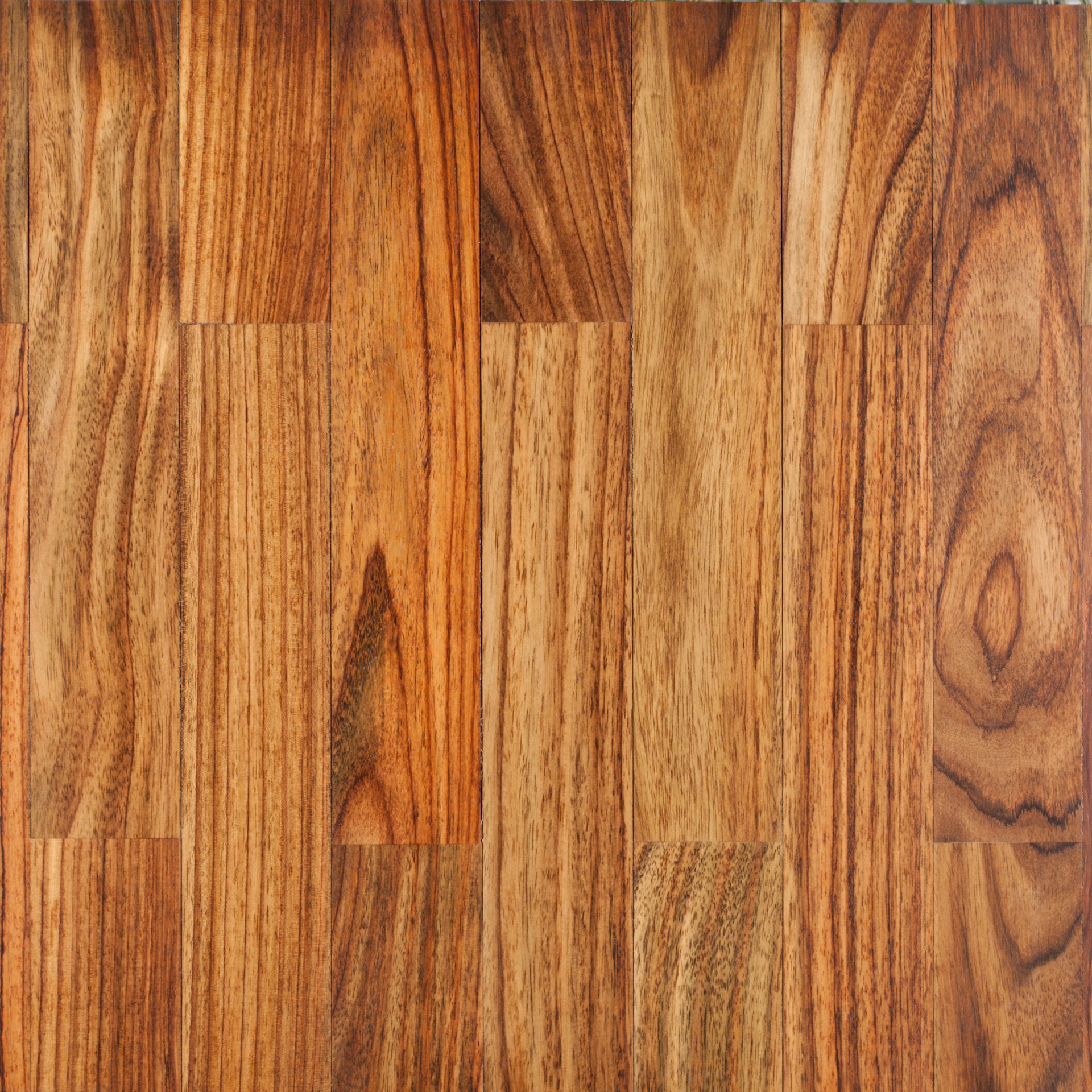CWF-UV vs. Other Wood Finishes: Which One Is Best for You?
Preserving and protecting exterior wood is essential for maintaining its longevity, aesthetic appeal, and structural integrity. With various options on the market, selecting the right wood finish can be a challenging task. Whether you’re treating decks, fences, outdoor furniture, or siding, understanding the strengths and limitations of each type will guide you toward the most effective solution for your needs.
Among these options, CWF-UV has gained popularity for its penetrating properties and UV protection, making it a reliable choice for homeowners and professionals alike. But how does it compare with other wood finishes like oil-based stains, acrylic finishes, polyurethane coatings, and water-repellent preservatives? Let’s dive in and explore the differences.
What Is CWF-UV?
CWF-UV, short for Clear Wood Finish with UV protection, is a penetrating stain designed for exterior wood surfaces. Unlike surface coatings that form a film, CWF-UV penetrates deeply into the wood, offering enhanced water resistance, UV protection, and mildew resistance. It is particularly effective for decks, fences, railings, outdoor furniture, and siding, ensuring long-term durability while preserving the wood’s natural grain.
This finish is fortified with Penetrol, a key additive that improves penetration and adhesion, helping the finish bond effectively with the wood fibers. Due to its ability to resist moisture and prevent cracking or peeling, CWF-UV is an excellent choice for wood exposed to harsh weather conditions.
CWF-UV vs. Oil-Based Wood Stains
Oil-based wood stains are a popular alternative, providing deep penetration and rich color enhancement. They are often preferred for their natural finish and long-lasting durability, especially in high-humidity or wet environments. However, there are key differences between CWF-UV and traditional oil-based stains:
| Feature | CWF-UV | Oil-Based Stains |
|---|---|---|
| Penetration | Deep | Moderate |
| UV Protection | Excellent | Variable |
| Water Resistance | Strong | Strong |
| Longevity | High | High |
| Application | Easy | Requires extra prep |
While oil-based stains excel in enhancing wood grain, CWF-UV provides better UV resistance, making it a great option for sun-exposed surfaces. Oil-based stains may require longer drying times and regular maintenance, whereas CWF-UV offers easier application with fewer reapplications over time.
CWF-UV vs. Acrylic Wood Finishes
Acrylic wood finishes, often called water-based stains, are another alternative. They provide a protective coating that sits on the surface of the wood rather than penetrating deeply. Acrylic finishes are known for their fast drying time, low VOC emissions, and ease of cleanup (using just soap and water). However, when compared to CWF-UV, here’s how they differ:
| Feature | CWF-UV | Acrylic Finishes |
|---|---|---|
| Penetration | Deep | Surface-level |
| Weather Resistance | High | Moderate |
| Mildew Protection | Strong | Variable |
| Durability | Long-lasting | May peel over time |
| Maintenance | Minimal | May require reapplication sooner |
Acrylic finishes can work well for smooth surfaces and wood siding, but CWF-UV’s deep penetration ensures long-term protection, reducing the need for frequent reapplications. If you’re looking for a finish that truly bonds with the wood, CWF-UV is a superior choice.
CWF-UV vs. Polyurethane Coatings
Polyurethane wood coatings are known for their ultra-hard protective layer, commonly used for indoor flooring and furniture. Unlike CWF-UV, polyurethane creates a solid film on the surface, making it highly effective for scratch resistance and high-traffic areas. However, this difference also presents limitations for outdoor applications:
| Feature | CWF-UV | Polyurethane Coatings |
|---|---|---|
| Best Use Case | Exterior (decks, fences, furniture) | Interior (floors, cabinets, furniture) |
| Water Resistance | High | Moderate |
| UV Protection | Excellent | Poor |
| Durability | Strong | Brittle under extreme weather |
| Application Ease | Simple | Requires multiple coats |
Polyurethane coatings tend to crack or peel when exposed to moisture and direct sunlight, making them less suitable for exterior wood surfaces. CWF-UV, on the other hand, is designed for outdoor durability, ensuring the wood remains flexible and resistant to environmental stress.
CWF-UV vs. Water-Repellent Preservatives
Water-repellent preservatives provide moisture protection but lack UV resistance and deep penetration. These finishes are often used for untreated lumber, helping prevent warping and decay. While water repellents increase longevity, they do not offer enhanced adhesion like CWF-UV.
| Feature | CWF-UV | Water-Repellent Preservatives |
|---|---|---|
| Protection Type | UV + Water | Water only |
| Longevity | High | Moderate |
| Penetration | Deep | Shallow |
| Best Use Case | Decks, siding, fences | Raw lumber, untreated wood |
If your priority is water resistance alone, a preservative may suffice, but for full-spectrum protection, CWF-UV is the better option.
How to Choose the Right Wood Finish for Your Needs
When selecting the best wood finish, consider these key factors:
- Wood Type – Is it softwood or hardwood? Some finishes work better depending on the type.
- Exposure Conditions – Will the wood be exposed to direct sunlight, heavy rain, or extreme temperatures?
- Application Requirements – Do you prefer a finish that penetrates deeply or one that forms a protective film?
- Maintenance Frequency – How often do you want to reapply the finish?
- Aesthetic Preferences – Do you want to enhance the wood grain or create a solid protective layer?
Final Verdict: Is CWF-UV the Best Choice?
If you’re looking for a deep-penetrating, UV-resistant, and water-repellent wood finish, CWF-UV is a fantastic option. Compared to oil-based stains, acrylic finishes, polyurethane coatings, and water-repellent preservatives, CWF-UV excels in durability, adhesion, and long-term protection. It is particularly well-suited for decks, fences, siding, outdoor furniture, and all-weather wood applications.
By choosing the right finish, you ensure your wood surfaces remain protected, vibrant, and long-lasting for years to come.

